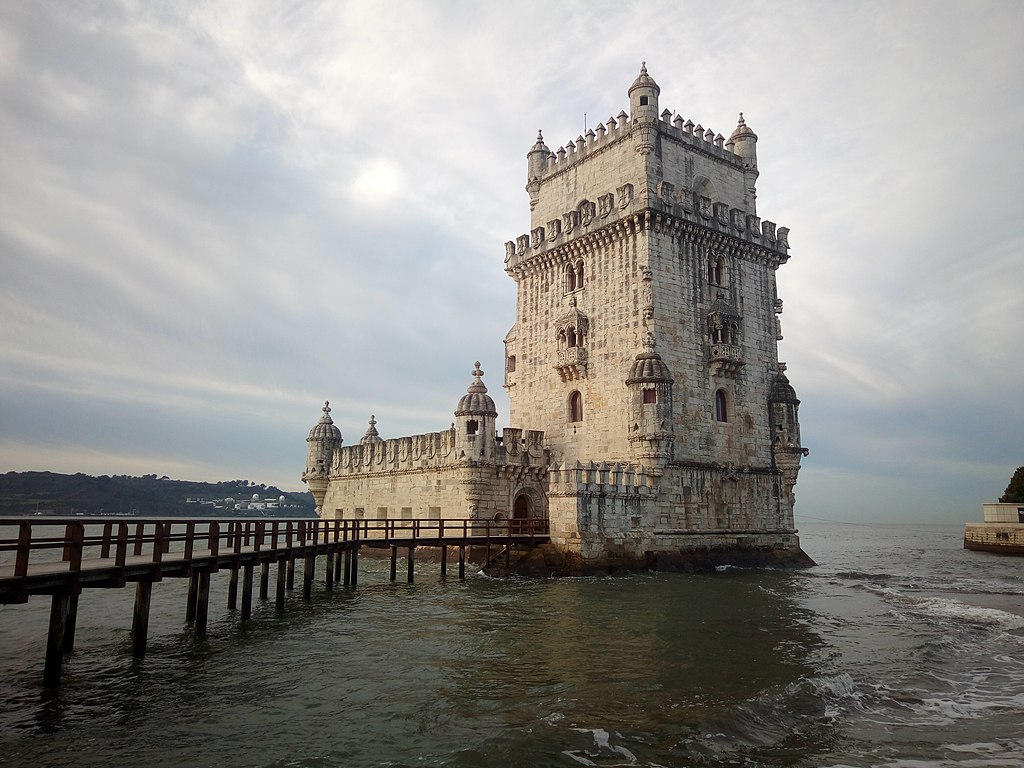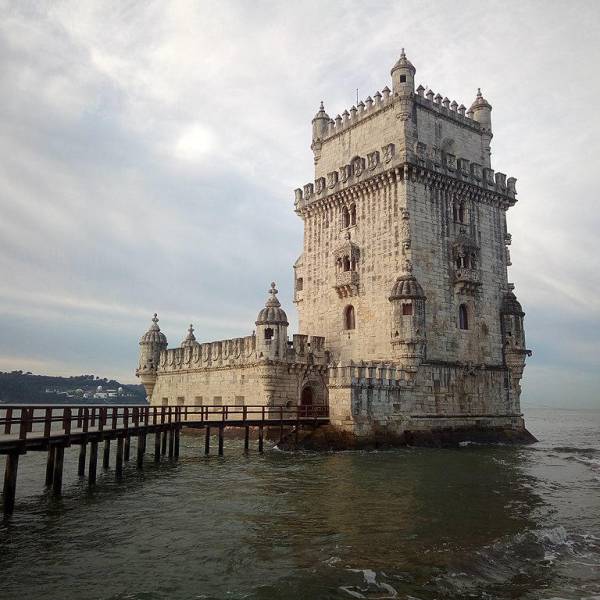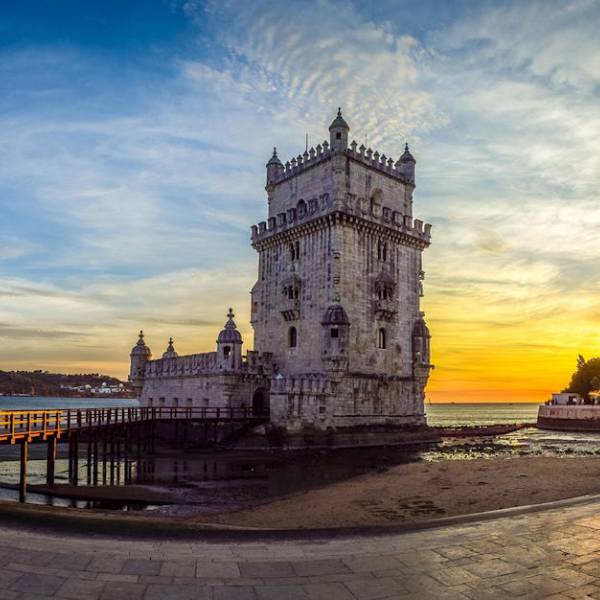Belém Tower exhibits a unique blend of architectural styles, combining elements of Moorish, Gothic, and Manueline (Portuguese late Gothic) designs. The tower stands on a small island near the river's edge, creating a striking silhouette against the skyline. Its ornate exterior features intricate stone carvings, maritime motifs, and decorative battlements, reflecting the maritime theme and Portugal's seafaring achievements.
The primary purpose of Belém Tower was to protect the entrance to the harbor and defend Lisbon from potential maritime threats. Its strategic location at the mouth of the Tagus River allowed it to control the access to the city and serve as a symbol of Portuguese maritime power. The tower also served as a ceremonial gateway, welcoming explorers and dignitaries returning from their voyages.
Lisbon.vip Recommends
Over the centuries, Belém Tower underwent various modifications and restoration works to preserve its architectural integrity. In the 19th and 20th centuries, extensive restoration efforts were undertaken to repair damage caused by erosion and neglect. In recognition of its historical significance, Belém Tower was designated as a UNESCO World Heritage Site in 1983.
Today, Belém Tower stands as one of Lisbon's most popular tourist attractions, drawing visitors from around the world. It serves as a cultural symbol, representing Portugal's golden age of exploration and its contributions to world history. The tower offers visitors an immersive experience, allowing them to explore its rooms, climb its spiral staircases, and marvel at its commanding views of the river and the city.
The Construction of Belém Tower is a testament to Lisbon's maritime legacy and its pivotal role during the Age of Discoveries. It stands as a proud reminder of Portugal's exploration and seafaring achievements, encapsulating the spirit of adventure and discovery that shaped the nation's history.





